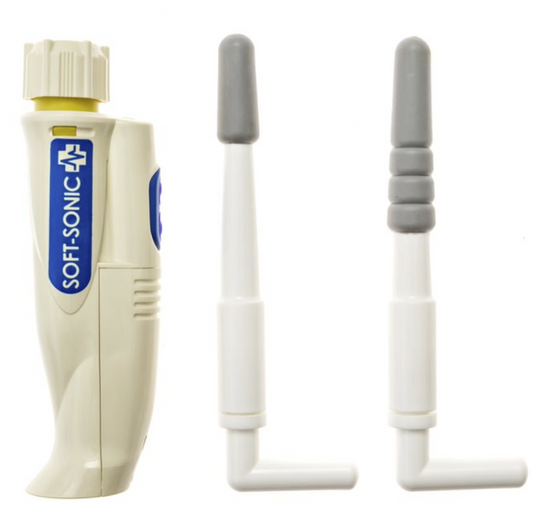Prostate Gland

Introduction
The prostate is a small, walnut-sized gland located in the male reproductive system, just below the bladder and in front of the rectum. It plays a pivotal role in the male reproductive system, primarily involved in sexual function and urine control. This article explores the anatomy of the prostate, its functions, and common conditions that affect it.
Anatomy of the Prostate
The prostate gland surrounds the urethra, the tube through which urine passes out of the body. Its location is crucial as it directly impacts both urinary and sexual functions. Structurally, the prostate is divided into several zones: peripheral, central, and transitional. Each zone is susceptible to different types of disorders, which can affect a man's health in various ways.
Functions of the Prostate
The primary function of the prostate is to produce prostatic fluid, an essential component of semen. This fluid serves several purposes:
- Nutritional Support: Prostatic fluid provides nutrients to sperm, which is crucial for their viability as they travel through the female reproductive tract.
- Volume for Ejaculation: The fluid accounts for approximately 30% of the volume of semen, which helps in the successful transport of sperm during ejaculation.
- Protection: It contains enzymes, proteins, and minerals that protect and vitalize sperm in the acidic environment of the vagina.
Moreover, the prostate contains muscle fibers that help expel semen during ejaculation and control the flow of urine.
Common Prostate Conditions
1. Prostatitis
Prostatitis is the inflammation of the prostate gland, which can be acute or chronic. It is often caused by bacterial infections but can also arise from non-infectious factors. Symptoms include pain, difficulty urinating, painful ejaculation, and sometimes flu-like symptoms. Treatment typically involves antibiotics for bacterial prostatitis, and other treatments like anti-inflammatory agents, muscle relaxants, or other medications for chronic or non-bacterial prostatitis.
2. Benign Prostatic Hyperplasia (BPH)
BPH, also known as prostate gland enlargement, is a common condition as men age. This noncancerous enlargement of the prostate can impede the flow of urine by squeezing the urethra. Symptoms include frequent urination, difficulty starting urination, weak urine stream, and inability to completely empty the bladder. Treatments for BPH may involve medications to relax the prostate muscles or shrink the prostate. In more severe cases, surgical procedures may be necessary.
3. Prostate Cancer
Prostate cancer is one of the most common types of cancer in men. Unlike BPH, prostate cancer cells can spread (metastasize) to other parts of the body. Prostate cancer may cause no symptoms in its early stages and is often detected through blood tests measuring prostate-specific antigen (PSA) levels. Treatment options vary widely depending on the stage of the cancer and can include surgery, radiation therapy, hormone therapy, chemotherapy, or active surveillance.
Diagnostic Methods
To diagnose prostate conditions, several methods are employed:
- Digital Rectal Exam (DRE): A physician feels the prostate through the rectum to check for abnormalities.
- Prostate-Specific Antigen (PSA) Test: Measures the level of PSA in the blood, with higher levels suggesting the possibility of prostate cancer.
- Ultrasound: High-frequency sound waves are used to create an image of the prostate gland.
- Biopsy: A sample of prostate tissue is collected and examined under a microscope.
Prevention and Management
Lifestyle changes can impact prostate health significantly. A diet low in saturated fats and high in fruits and vegetables may help reduce the risk of prostate conditions. Regular exercise and maintaining a healthy weight are also beneficial. Furthermore, regular screenings and medical checkups can help detect problems early when they are more treatable.
Conclusion
The prostate gland, while small, plays a significant role in both the urinary and reproductive systems of males. Understanding its functions and the conditions that affect it can lead to better health outcomes through prevention, early detection, and appropriate treatment. As research continues, new insights and treatments are expected to
Top picks
-
Kegel Pelvic Floor Muscle Trainer for Men
Regular price $99.00 USDRegular priceUnit price / per$149.00 USDSale price $99.00 USDSale -
Pelvic Floor Wand & Massage Therapy Tool for Men
Regular price $49.95 USDRegular priceUnit price / per$59.95 USDSale price $49.95 USDSale -
Prostate and Pelvic Floor Support Cushion – Large Black Seat for Pain Relief
Regular price $49.95 USDRegular priceUnit price / per$75.50 USDSale price $49.95 USDSale -
Sonic Prostate Massager from Prostate Health Center | Ultimate Prostate Wellness Tool | Top-Rated Home Prostate Massage Device
Regular price $59.95 USDRegular priceUnit price / per$79.99 USDSale price $59.95 USDSale





